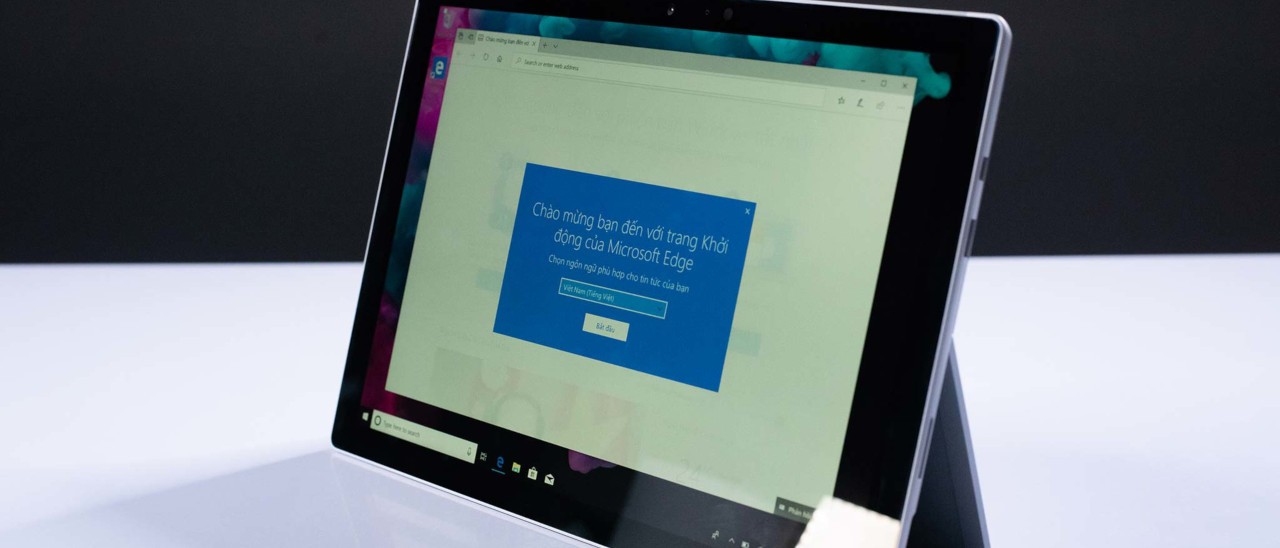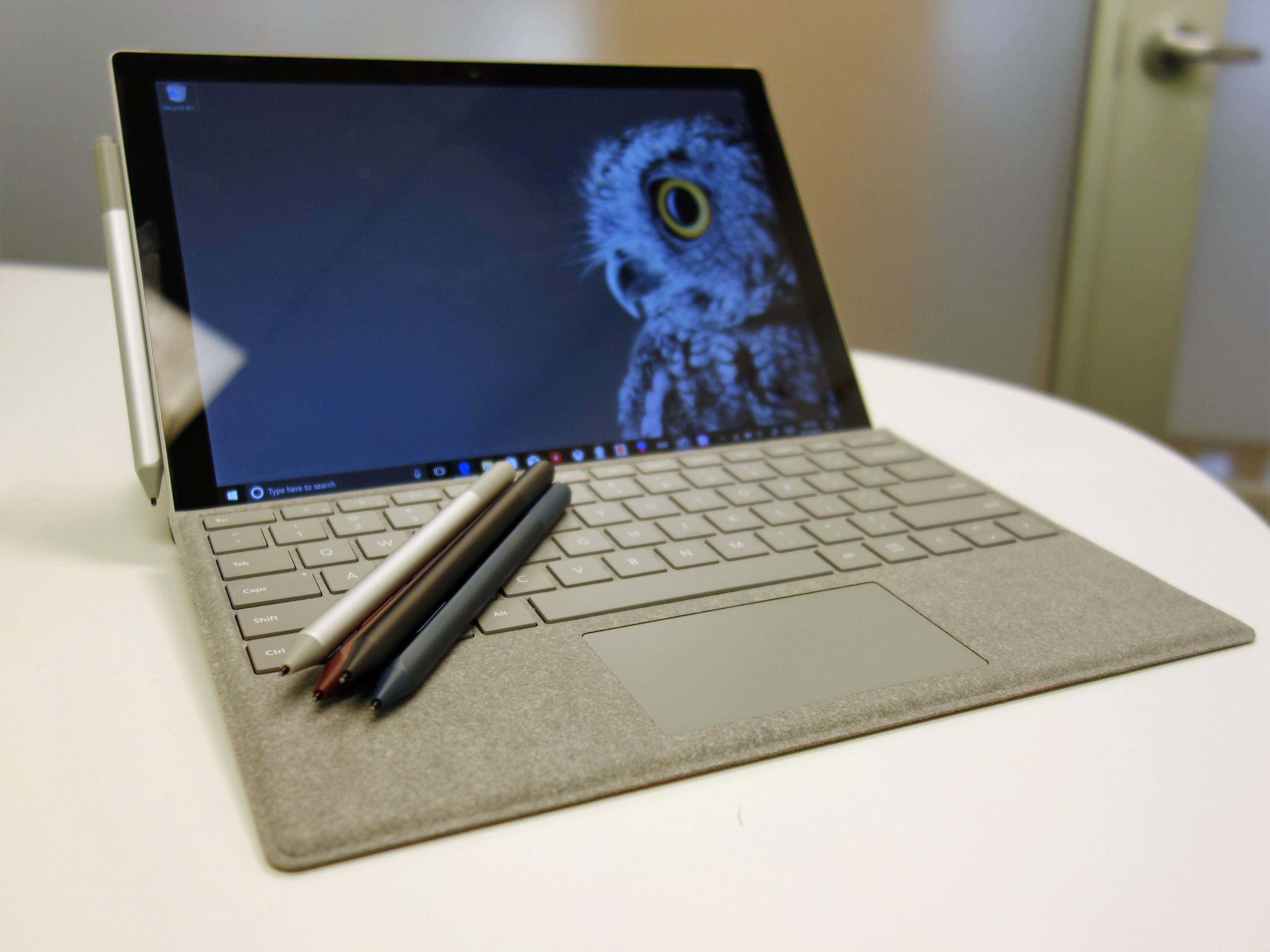

The body is now made from shiny, slippery aluminum instead of matte magnesium alloy. One downside, however, is that the Pro 8 is noticeably thicker and heavier than older versions, including its closest ancestor, the Surface Pro X. In fact, the slimmer bezels allow for a larger screen, which, at 13 inches, is almost an inch bigger than the previous model, while keeping the device footprints almost identical. They're still pretty chunky at the top and bottom of the screen, but the latter at least is concealed when the keyboard is attached. Almost immediately, you can tell that the screen's edges are more rounded than previous iterations of the laptop, making it easier on the hand when you're holding it in tablet form. Given that the chassis is otherwise identical in size, we're not sure why this would need to be removed, and it's certainly bad news for wired headphone fans.The design is the biggest change to the Surface Pro 8. It also has a SIM tray to support its 5G connectivity.Īll variants of the Surface Pro 9, for some reason, have ditched the 3.5mm headphone socket. The ARM model has the same IO, but its USB-C ports are only capable of USB 3.2 connectivity. Microsoft has introduced an ARM-powered 5G model with this generation, which we'll explore in more depth later in this article.

Well, that's true of the Intel-based models, at least.

Both of which support Thunderbolt 4 and USB 4.0, as they did on the Surface Pro 8.

The IO is mostly the same, consisting of Microsoft's proprietary Surface Connect port and two USB-C ports.


 0 kommentar(er)
0 kommentar(er)
